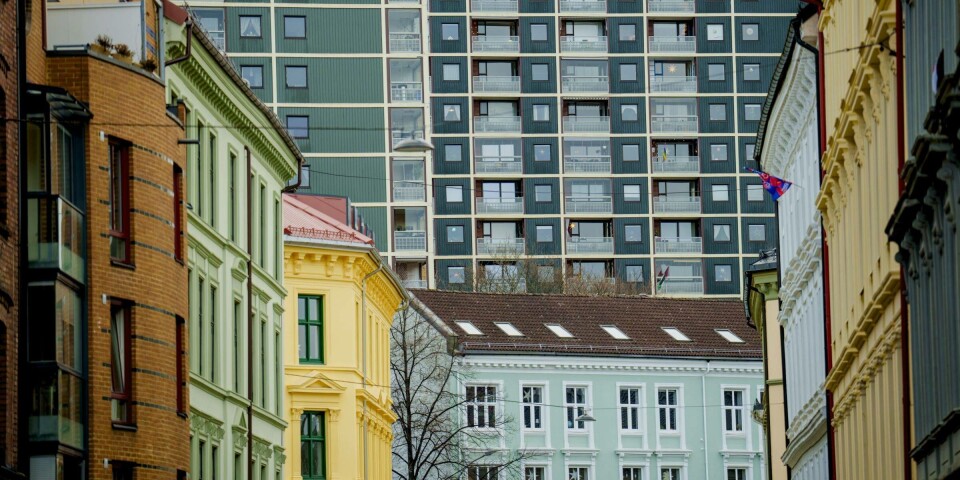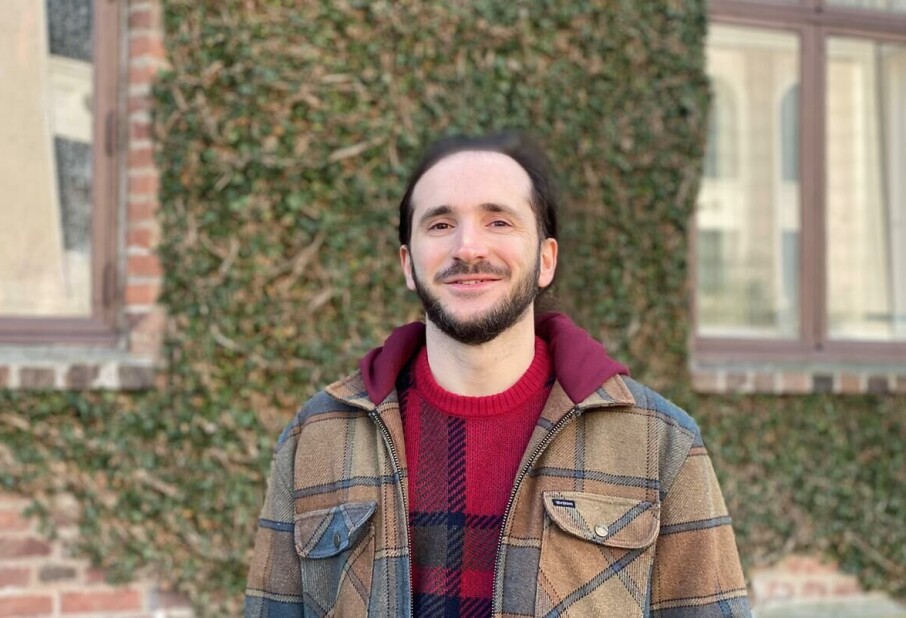THIS CONTENT IS BROUGHT TO YOU BY Oslo Metropolitan University - read more
Norway’s social housing system is too small and complicated to care for the most vulnerable
“The standard of housing is high, but there are issues connected to affordability and inequality, and that affects people’s life chances,” researcher says.

Norway's wealth is clearly reflected in its housing quality, according to OsloMet Research Professor Jardar Sørvoll.
Houses are well constructed, warm, and the roofs mostly don’t leak.
Despite these high standards, Sørvoll says Norway is facing real problems.
“The standard of housing is high, but there are issues connected to affordability and inequality, and that affects people’s life chances,” he says.
Housing impacts life
Sørvoll is one of the country’s experts in housing. In 2024, he used his experience to recommend reforms to the legal regulation of the rental market as the head of the commission on the Norwegian Rental Act.
Homeownership is a major challenge for those without high earnings or financial assistance from their families. These households can rarely afford to live in the most attractive areas.

The rental market offers limited relief. A single person earning a normal wage can’t always afford to live near their workplace, and will have to spend a large portion of their day commuting.
This is time that could be spent improving one’s chances of a better life by studying, networking, or just enjoying themselves.
Norway’s housing inequality problem
Over the years, Sørvoll has studied both historical trends and current issues like the cost of housing.
His interest goes beyond academic research to being a public voice for housing policy.
For Sørvoll, part of being a researcher is being active, not in a partisan way, but in an informative way to contribute to the public conversation.
“We don’t have a housing issue, we have a housing inequality issue. That’s the best way I can think to describe it,” he says.
As prices continue to rise, he cautions that benefits are primarily going to those who already own property while making it harder for new buyers to enter the market.
“There's no ‘Generation Rent’ in Norway. Many first-time buyers can still afford to become homeowners. But it's getting increasingly difficult to buy a home in the most attractive areas if you don't earn a lot, inherit a lot, or have a partner that earns a lot,” says Sørvoll.
Undermining social housing
It wasn’t always like this.
According to Sørvoll, Norway had a housing system with more government regulation and support for families in the decades after World War II.
There was a strong public housing bank that financed approximately two thirds of all homes and public subsidies for land and construction.
This meant that families, whether blue or white collar, could afford to buy a house on regular wages. Most cities also had some form of social housing for those who needed it.
This all changed in the 1980s. Norway removed many of the regulations that incentivised developers and kept prices in check.
Since then, prices have been rising with no signs of slowing. Norway also has a low number of social housing units: municipal rented housing only accounts for four per cent of the housing stock nationally.
Sørvoll does not see the post-war era as a golden age without challenges. He notes that nearly all of the support was aimed at families and neglected single workers – but thinks there is something to be learned from the policies of that time.
“We need to ask ourselves if we need to rebalance the role of the state, the individual, and the private sector in the provision of housing,” he says.
Better policy for accessible housing
These ever-increasing prices have made it difficult for low-income groups to get by in the housing market. More social housing would not fix all the problems, but Sørvoll thinks it would help some of the most disadvantaged households.
“We need a steady supply of rental housing. Housing policy has to take that into account,” he explains.
Sørvoll points out that increasing support aligns with the goals of the Norwegian Universal Welfare state. Norway’s other benefits like sick pay and parental leave are quite good by international standards. However, the social housing sector is not so generous.
Instead, Sørvoll says only the most desperate people – those facing financial hardship plus additional factors like disability or having many children – are able to get help.
Limited housing, tough choices
For the past few years, Sørvoll has been focusing on the current social rented housing sector in Norway. His research found that municipalities simply do not have enough housing to cover everyone’s needs.
The people that manage this limited stock have to make complex and difficult decisions about how to prioritise the needs of those who are already in the system and new people who need to access it.
As a result, Norway has one of the more needs-tested and market-oriented social rented sectors among the wealthy countries.
Sørvoll thinks that any changes to rental housing policies will need to balance the needs of both renters and landlords. It is important to look at the evidence and make sure housing is part of the public debate.
“Given the scope of the problem, it receives far too little attention from the media and national politicians,” he says.
Looking to the future
Sørvoll has made several recommendations through his academic publications and as part of his work in the Rental Housing Act commission. He hopes these will improve the situation in Norway.
While providing more housing won’t fix everything, expanding access to stable rental housing would help groups such as refugees, individuals with health issues, and those recovering from addiction, all of whom struggle in the current system.
References:
Sørvoll et al. Needs-Tested and Market-Based Social Rented Housing: The Extreme Case of Norway?, Tidsskrift for boligforskning, vol. 7, 2024. DOI: 10.18261/tfb.7.1.7
Sørvoll, J. The great social housing trade-off. ‘Insiders’ and ‘outsiders’ in urban social rental housing in Norway, Housing Studies, vol. 39, 2023. DOI: 10.1080/02673037.2023.2242803

This content is paid for and presented by OsloMet
This content is created by Oslo Metropolitan University's communication staff, who use this platform to communicate science and share results from research with the public. Oslo Metropolitan University is one of more than 80 owners of ScienceNorway.no. Read more here.
More content from OsloMet:
-
Cannabis use in Norway has increased: “Not everyone needs moral lectures or worried looks"
-
Many children with ADHD do not thrive at school
-
An out-of-control race: Why we fear artificial intelligence
-
One in four seniors feels digitally discriminated against
-
Norwegians are among the least lonely in Europe
-
How children use clothes to fit in




































